The Netherlands is rapidly becoming dependent on offshore wind energy. By 2050, the output of offshore wind farms must increase by ten to twenty times the current capacity. This makes the question increasingly urgent: what if there is little wind? The report Flattening the curve, published at the end of 2023, provides answers to this. Wind farm operators can do a lot themselves to bridge periods of low wind, as it turns out.
Opting for stability
Wind farms are designed for maximum output and profit, not for the most consistent energy delivery. "If you design wind farms for stable delivery, you make different choices," says Jan Willem Wagenaar, wind energy program manager at TNO. "Wind farms have never been looked at in this way before. There is certainly still room for improvement." For example, different choices can be made regarding the precise location of wind turbines within a wind farm. For instance, if the weakest winds often come from the east, you can align the turbines accordingly. Then, a wind farm can deliver slightly more electricity during a lull in the wind.
Every little bit helps when there is little wind. The "Flattening the curve" report concludes that other solutions are costly. This applies to hydrogen-based power plants, which must be built as reserve capacity. It is also expensive—and often impossible—to temporarily limit consumption in industry. Techniques to make the supply more consistent are usually more favourable.
Are you interested in the report?
-
How do we balance the fluctuating supply of offshore wind energy from the North Sea with electricity demand from industry? RVO, TKI Offshore Energy, and TKI Energy & Industry commissioned a report by Berenschot and Kalavasta. Read the whole report here.
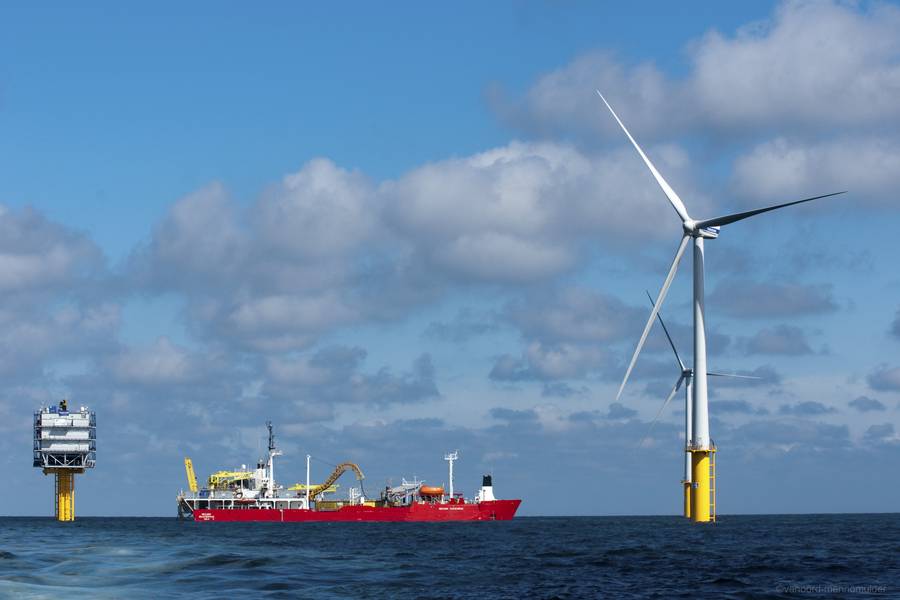
Will offshore wind farms be tendered differently in the future?
Location choice
"It also helps to place wind farms far apart," says Wagenaar. Wind farms that are 250 kilometres apart correlate to 65 per cent. So there is some correlation in the output, but the peaks do not necessarily coincide. "This is certainly not the only argument when designating locations, but this correlation should also be considered. For locations far from the coast, long cables are, of course, needed, and that is also costly.
Better connecting different countries has the same effect. A larger and broader electricity grid, including international connections, ensures a more stable network.
Different regulation
According to Wagenaar, there is still much to be gained from regulating wind turbines. Currently, turbines are individually controlled and optimised, but there is potential for improvement by controlling a wind farm as a collective. "For example, we have shown that the wind penetrates more easily into the wind farm if you turn the front turbines a little away. That increases the output. Wind turbine manufacturers are now also bringing such concepts to the market. Then, it's about increasing the output. But such control strategies can also be developed to generate a more stable power supply that better matches electricity demand."
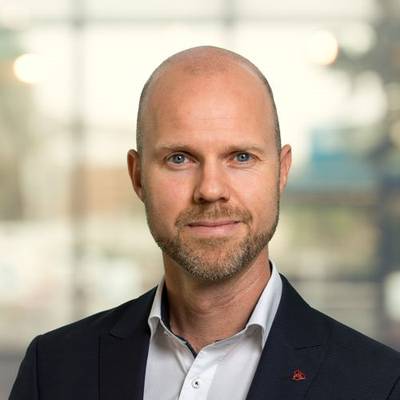
Jan Willem Wagenaar
Jan Willem Wagenaar conducts research on offshore wind energy at TNO.
Innovative turbines
Some innovative turbine designs harness more wind when it's not blowing hard. For example, TNO is researching a turbine concept in a consortium with TouchWind and other parties, where the rotor is automatically tilted out of the ideal position. The aerodynamics are different in this design and in turbines with a vertical axis. The hope is that new methods will positively affect a wind farm's power supply. According to Wagenaar, it isn't easy to introduce a different design to the market. Everything is focused on scaling up and cost savings. "An innovative design must compete against a refined and optimised concept. A new concept will have to tap into a niche."
Floating solar panels
In addition to the layout of wind parks and new turbine designs, the combination with solar panels may also help with a more stable power supply. When there is no wind, the sun may shine. ''It's the only technology in the report Flattening the curve that adds renewable generation capacity', says Francisco Vozza, commercial director of SolarDuck. This Dutch-Norwegian company aims for 1 gigawatt of solar panels floating on seas and lakes worldwide by 2030. 'All other solutions only use energy already generated from other sources or make the country dependent on hydrogen imports.''
After a successful trial on the Waal in 2021, SolarDuck is preparing a demonstration project for 12 kilometres off the coast of Scheveningen. Six triangular platforms on ten-meter-high floats will have a generating capacity of more than 500 kilowatts (peak) later this year. This will be followed by a 5 megawatt project in RWE's OranjeWind wind farm in 2026 or 2027. Due to its great height, the construction should withstand waves of more than seven meters.
Solar panels and wind turbines can share a cable to transmit power to shore, so no additional cables are needed. A report from TNO shows that the combination of sun and wind provides a more constant power supply. ''There is enough room for floating solar panels in a wind farm. By adding this extra capacity, the space at sea is used more efficiently,'' Vozza thinks. Floating solar platforms need around 6% of the area a wind farm uses to obtain the same peak power as the wind turbines.
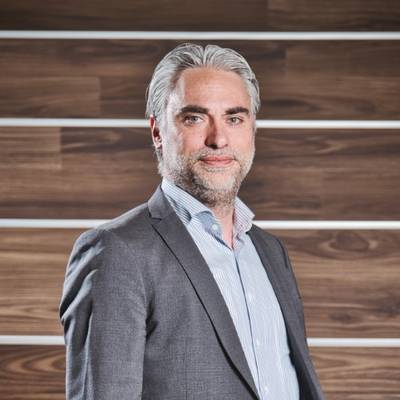
Francisco Vozza
The Dutch-Norwegian company aims for 1 gigawatt of solar panels floating on seas and lakes worldwide by 2030.
Different bidding processes
Stimuli are needed to stimulate creativity, believes Bob Meijer, director of TKI Offshore Energy. "New control techniques do not require large investments; they will come if they provide benefits. But for more significant measures, more stimulus is needed. The energy system in the Netherlands needs continuity. But investors want maximum returns. These two interests need to be reconciled."
As a thought experiment, Meijer suggests considering the capacity factor in the bidding process. "What if we ask investors to deliver 60, 65, or even 70 per cent of the peak capacity of the wind turbines on an annual average? Then other techniques suddenly become attractive, and new turbine concepts also have a chance."
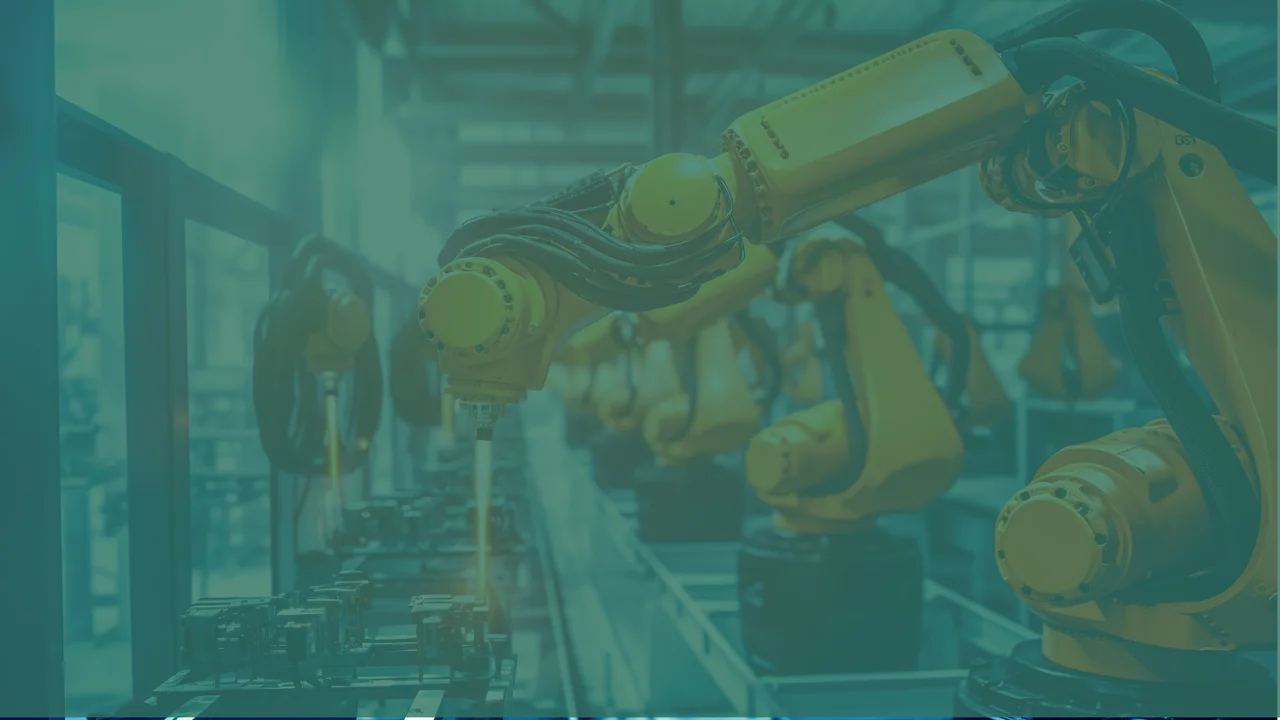
Interesting combinations
Meijer also expects investors to look for exciting combinations. For example, they could deliver less peak power than the wind park could generate. "The electricity cables to shore would need to be less heavy, and the wind park would achieve a high capacity factor. That means electricity is more often available. Instead of curtailing production, you can produce hydrogen on-site. There are still various gas pipelines on the North Sea bed that can pump hydrogen to shore."
Other techniques also come into view. "In the future, perhaps flow batteries or solar panels. By prescribing a capacity factor in the bidding process, you stimulate creativity. Developers are then free to choose how to achieve a more stable supply, with a different design, conversion and storage, or other generation technology, all in one. All these options require additional investments, and there is room for that with current electricity prices."
"You can't leave technological choices entirely to investment decisions based on current prices," responds Francisco Vozza of SolarDuck.
"The best technology only wins when there is a level playing field. That's fine when established technologies compete with each other. But for new technologies like floating solar panels, which require price support, it doesn't help to scale up and mature. We need to utilise every available energy source. There isn't much time to make the world carbon-free."
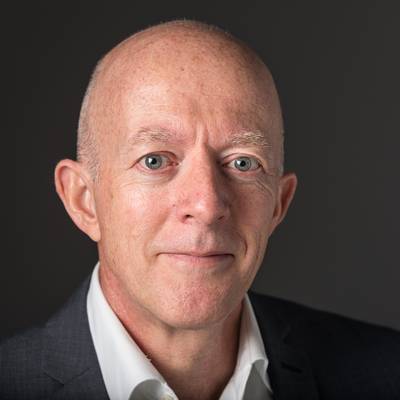
Bob Meijer
Would you like to know more about the Flattening the Curve report or what TKI Offshore Energy can do for you? Get in touch with Bob.
Complex Interplay
In Lelystad, TNO is researching essential various technologies that can collaborate. Jan Willem Wagenaar explains how the interplay of several wind turbines, a battery, solar panels, and an electrolyser is being tested there. "The energy system is not a simple sum of its parts. The components influence each other, and we're testing that. What if you vary the load on an electrolyser, and what choices do you make for battery storage? You want to regulate this interplay as cleverly as possible. This experiment is on a small scale, but the results are important if you aim to combine different techniques at sea into a balanced energy system."
"A field lab like this is significant," Bob Meijer of TKI Offshore Energy responds. "You also see in other projects that reality can be stubborn, and unexpected effects occur. It's partly learning by doing. Maybe start with ten wind turbines of a new design and see how it goes. Then, you gather knowledge for the next wind farm. We must work hard on demonstration projects, scaling up, and research in the coming years. And that's what we'll do." with Wageningen University.
